

Part II: The Very First Sunrise
Marinetti
& the Minotaurs
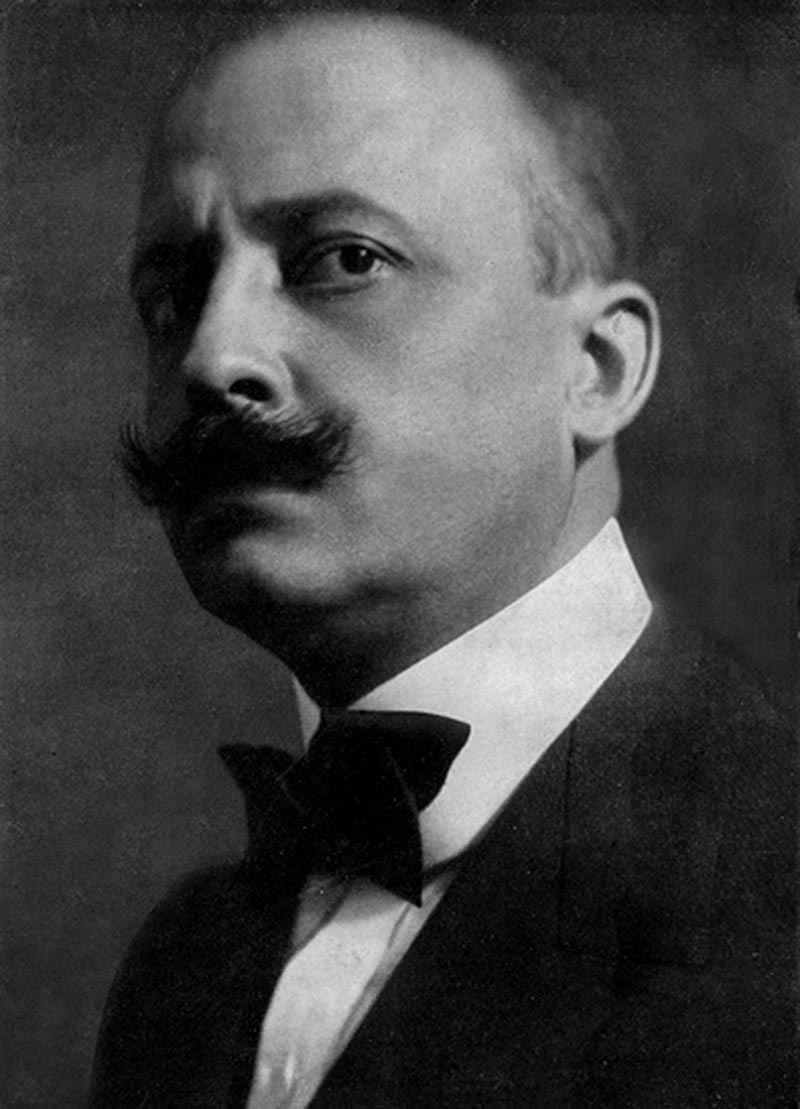
For as long as knowledge has spread across our continents, the tools available for its defeat have been disseminated not far behind. With the ability to better comprehend our fellow human, the possibility for manipulation of that understanding was always within grasp. Language has been used both as a great unifier of the human species equally as much as a demarcation and, in some instances, a method of de-humanization. It is the most powerful technology that humankind has ever devised.
At a time one of the greatest centers for knowledge that humankind has ever known, the Egyptian city of Alexandria was a keystone of humanity for centuries. Founded by Alexander the Great approximately 300 years before the common era, throughout the ages the city has been fought over tirelessly by some of the most ruthless empires in history. A port city which allowed for easier access between the Mediterranean and Red seas, the arid town was also a meeting place of languages from significant cultures throughout the world. From Mark Anthony and Cleopatra, to Napoleon and his French masses, languages were introduced and spread throughout the city alongside the violence of its conquerors.
Filippo Tommaso Marinetti was born in Alexandria on December 22nd, 1877, and from an early age became obsessed with the languages that abounded within its ancient walls. He was able to see vocabularic articulation as a concrete entity with the ability, not unlike the sharpest of swords or most powerful of canons, to be utilized as an incredible weapon for change. Beginning at an early age, Marinetti honed his skills with the written language until he could no longer contain his knowledge and was forced to explode like a rifle cartridge.
In 1909, Marinetti was involved in a car accident wherein he nearly hit two cyclists while traveling at a high rate of speed. Swerving to the right, he narrowly missed the pair and instead veered off the road and into a nearby ditch. He later described the event as that of entering the ditch as one man only to be pulled safely from it as a newer incarnation. The accident was a turning point in his life and it instilled in Marinetti a new erotic love. He had come within inches of his life due to the power of a machine and, after that day, intended to instill his amorous relationship with technology into the rest of the world's heart.

During this same year, Marinetti's affection for language collided head on with his new love for some of the technological advancements that he believed would one day be the basis for a perfect new world. He wrote and published a manifesto in an Italian newspaper that would initiate the world into the modernist political movement known as Futurism. It would also usher in the beginnings of the worst violence of our human history. The Futurist Manifesto sang a love for violence, speed, and youth. It proclaimed that the great industries of the modernist era would be the salvation for humanity as they allowed for a mechanized assault on the past. The literature announced that war, one of the great scourges of humanity, would in the future be utilized as a cleanser of our societies. More importantly though, he announced the origin of humanities possible usurper; the birth of the centaur.
The Great Pyramids at Giza
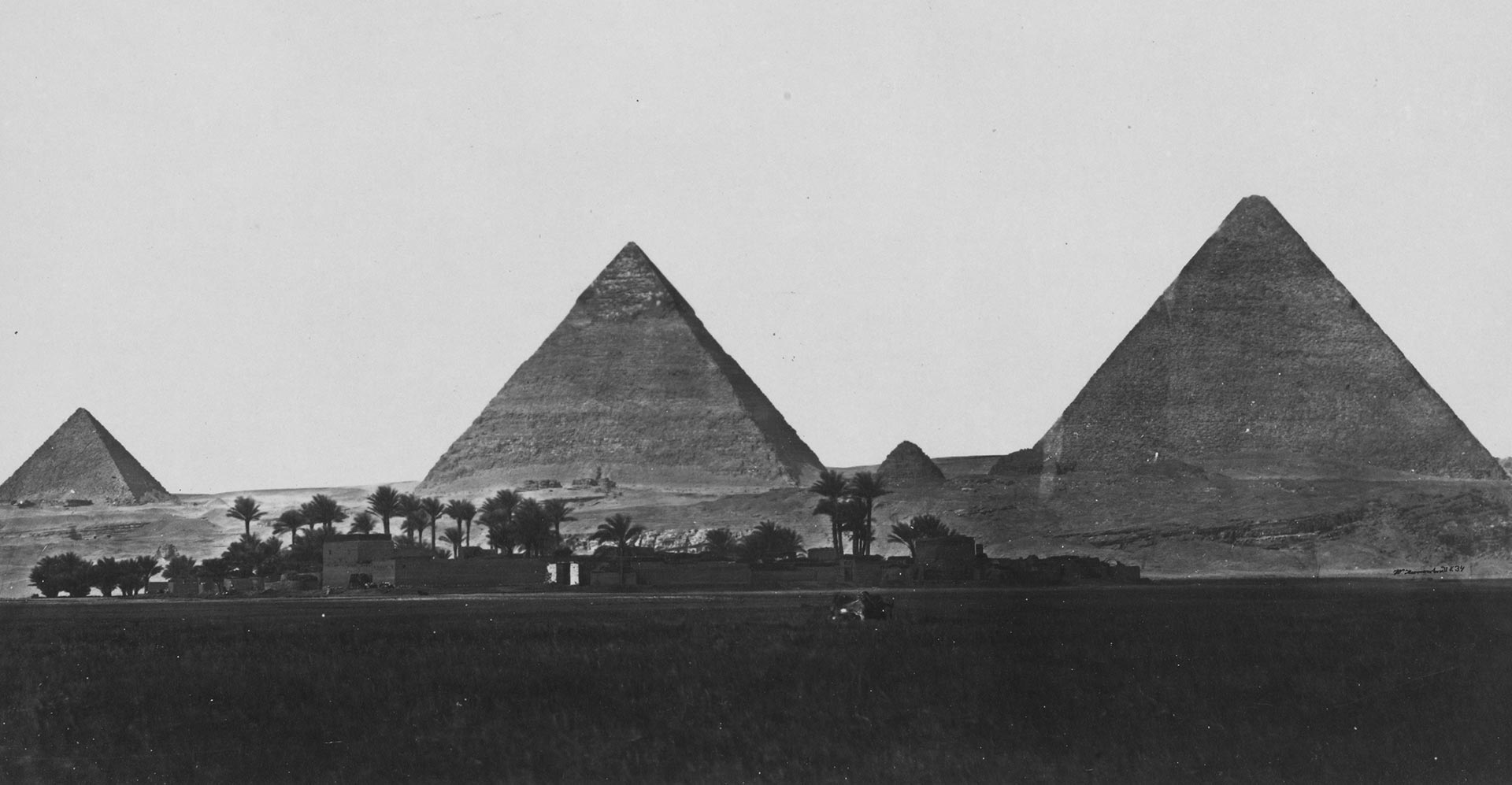
The Great Pyramids at Giza
RHAKOTIS
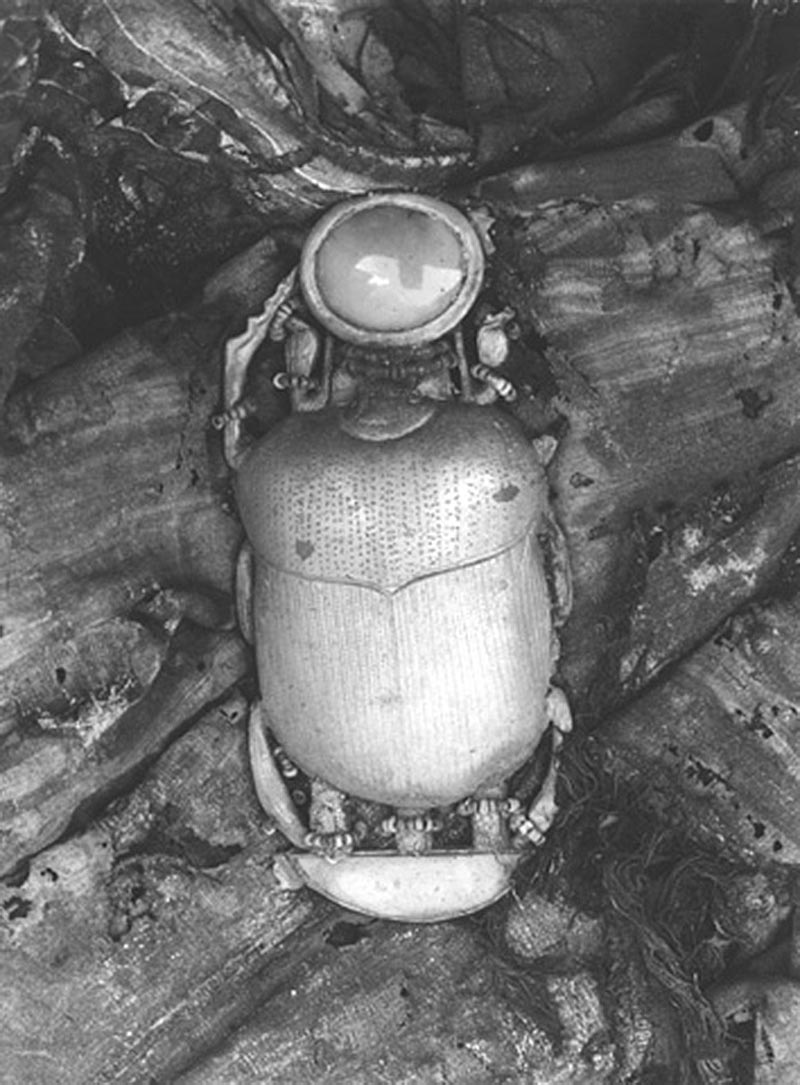
In his youth, as he one day scoured an Alexandrian flea market in search of ancient texts, Marinetti stumbled upon an elderly Christian mystic that he came to call Rhakotis. Not his real name, but instead an allusion to the name of the city that Alexandria was built upon, very little is known of the mystic except that he gave to Marinetti a few pieces of yellow, sand worn, glass. Upon closer inspection he could see that inside of the glass tiny particles of red and blue wiry hairs were curled once or twice over onto themselves in primordial curves. The old man told Marinetti that the glass had a unique power. He said that if it were to be absorbed into the body of a human that it could induce upon the person an inescapable psychological nightmare; a labyrinth of the mind. The mystic described the yellowy beads as Minotaur Glass and warned Marinetti to be careful with the artifacts as they could be used as a powerful weapon against his enemies.
The tireless investigator that he was, coupled with a second nature enamor for the threat of power and danger, Marinetti sought out further information about the glass that Rhakotis had given to him. He soon realized that the artifacts spread like the Egyptian winds across trades routes that had been established by the once great civilization. The more he investigated, the more he found instances of the Minotaur Glass, and the more he came to understand the power of it.
The imitating automaton
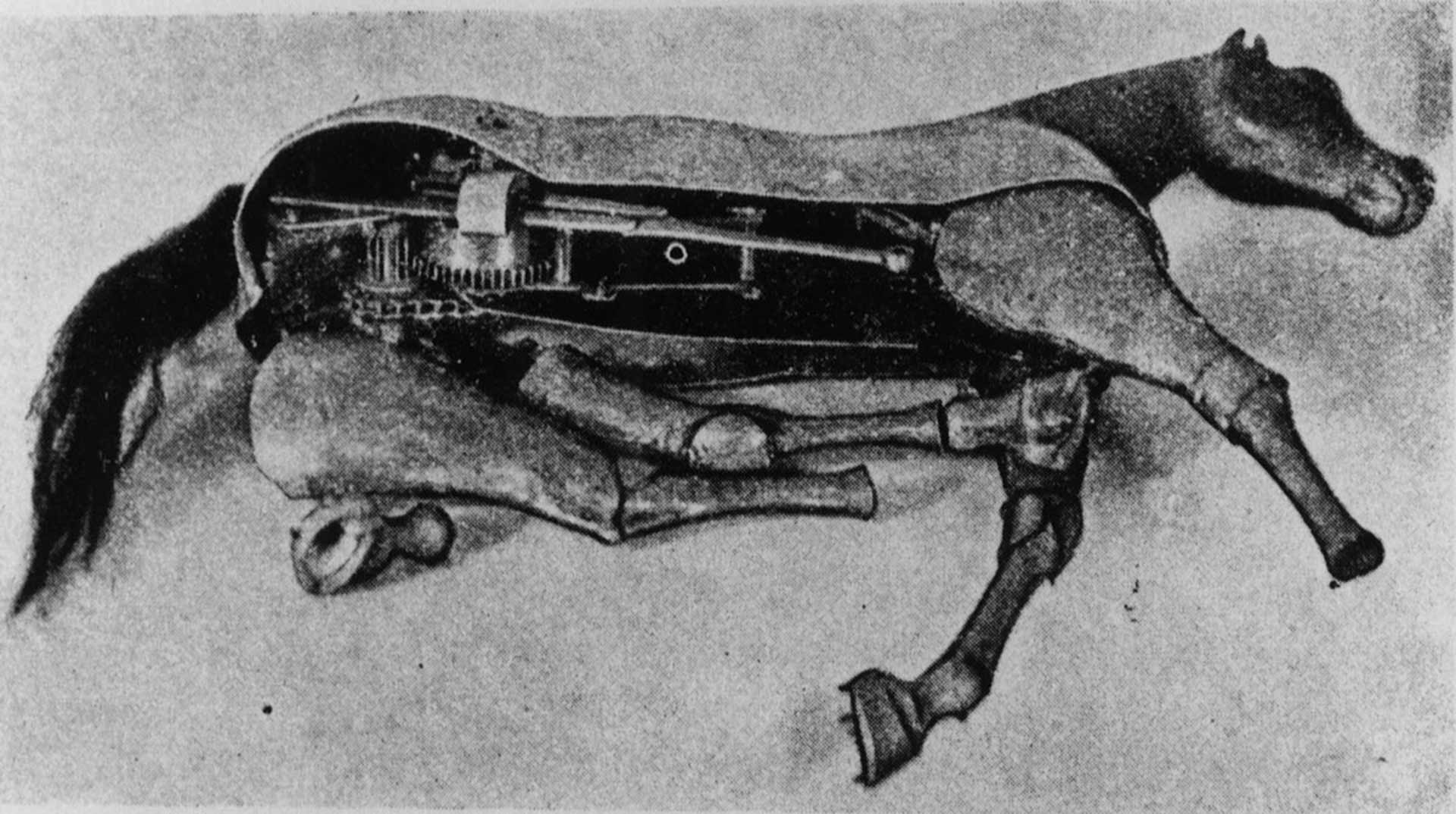
The imitating automaton
THE WHITE BULL
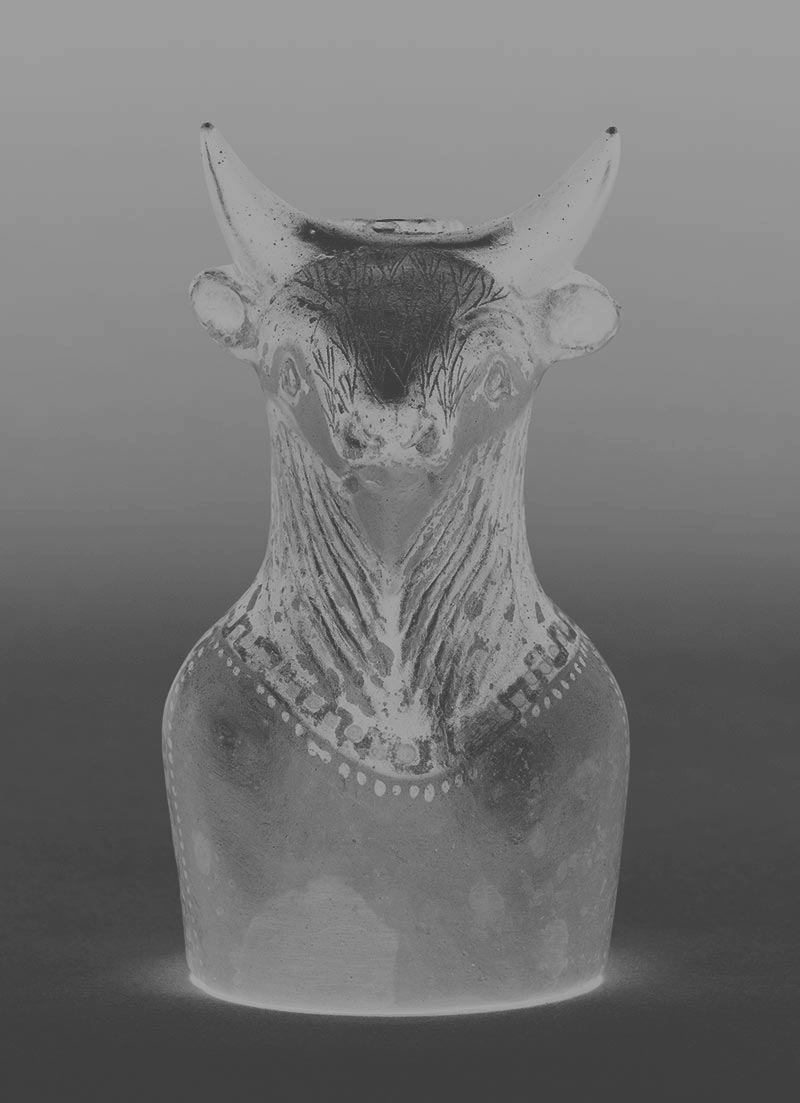
A character of ancient Greek history, the minotaur was the product of a relationship had between the Queen of Minos and a magnificent white bull given to the people of Minos by the ocean god, Poseidon. Said to have the head of a steer and the body of a man, the Minotaur, while physically powerfully, was intellectually very primal and completely unsophisticated. Nevertheless, technically a member of the royal family of Minos, the minotaur was above what would have otherwise been a sentence of certain death.
He was instead relegated to a life of imprisonment inside an incredibly complex maze known as the labyrinth. Further proof of his mental incapacity, the labyrinth that imprisoned him, while convoluted, was nevertheless rather easily traversed with the sense of fortitude to keep pushing forwards. It was not a traditional maze with dead ends or endless loops. It was in fact a singular path made difficult only through the animalistic instinct to fear that which lies around the unknown corner, and an unwillingness to make the turn.
The Labyrinth

The Labyrinth
THE WILD BOY

Curious as to what effect the glass would have on a human being, Marinetti began to exhaustively research the glass. One of the earliest cases that he discovered was found in an old Germanic account of a young man that had been pulled from the forests of Hannover. Later given the name Peter, the story that had been handed down was that of a feral child found, coincidentally, by the King of England, George I. The monarch was leading a hunting party within the woods of his North German birthplace of Hamelin when the group stumbled upon the boy. Suspicious of this incredible occurrence, Marinetti dug deeper only to discover that in fact the boy had been found completely nude albeit with tiny pieces of yellow glass.
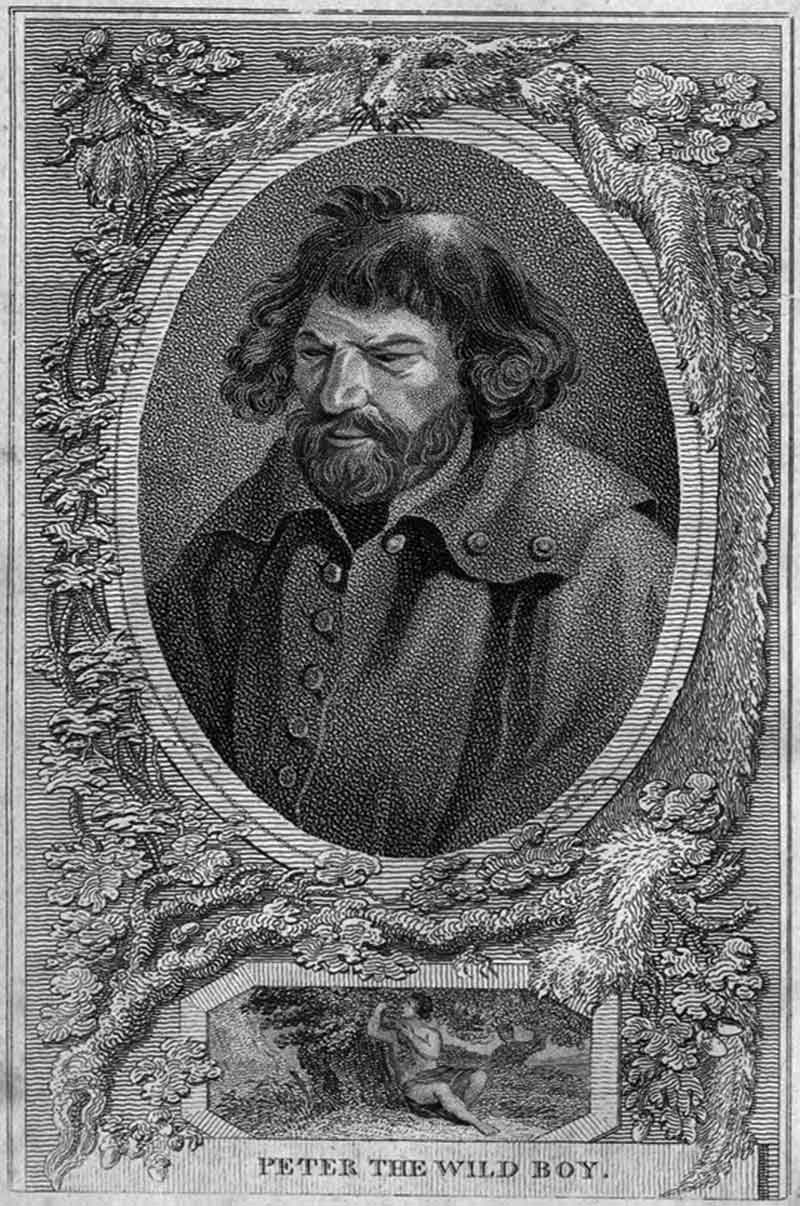
King George of England was born as a citizen of the Holy Roman Empire; a bastard offshoot of the Roman empire that conquered the Egyptians hundreds of years before. The Germanic state created by Charlemagne, the empire's first leader, nonetheless maintained certain treasures of the once great Roman society; especially relics from the civilizations that it subjugated. Putting this information together with the discovery of the yellow glass, Marinetti could sense that what had happened to Peter was anything but the human-return-to-nature narrative that the literature so excitedly described. Possibly of the same riches that Octavia sent back to the Roman fatherland after his conquest of the ancient land of the pyramids, the glass must have been handed down from generation to generation until it was inherited by George. In turn the monarch presumably forced it upon the unknown peasant boy. In an earlier draft of his Futurist Manifesto, Marinetti describes George as being characteristic of the sick inbred individuals who compose so much of the royal families of Europe. He continued further to describe the qualities as prime reasons why royalty should be annihilated.
Evilmerodach Ordering the Murder of his Father Nebuchadnezzar

Evilmerodach Ordering the Murder of his Father Nebuchadnezzar
AVEYRON
Intrigued by what he believed to be conclusive evidence of abuses perpetrated by a member of royalty against the proletariat that he so loved, Marinetti continued on to search for even more ammunition for his war. The second individual he discovered, however, would not prove to be as helpful. Seemingly not so dissimilar to Peter, this instance would force Marinetti to more closely examine language's role in what it means to be a human.
Futurist Poem
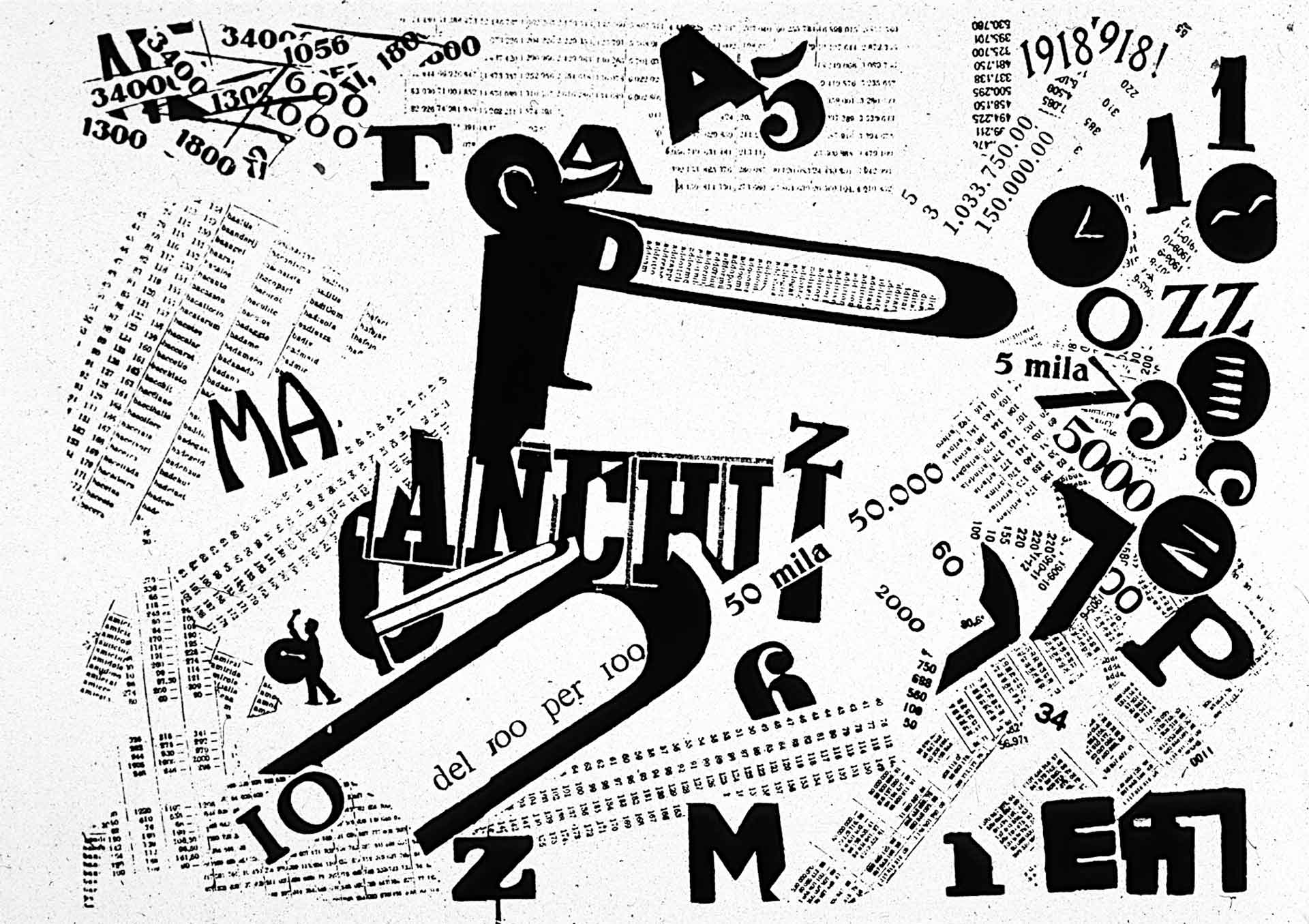
Futurist Poem
VICTOR OF AVEYRON

On the afternoon of January 8, 1800, at the edge of a wooded area near the French city of Saint-Sernin-sur-Rance, a boy of about twelve years of age stumbled out from the forest hiding place which had been his home for nearly a decade. With the first steps that he made out of the wilderness on that day he traveled roughly fourteen thousand years, away from the earliest sedentary civilizations capable of agriculture, and directly into the heart of the Enlightened Age. Unbeknownst to the young boy named Victor, he would come to challenge some of the most fundamental ideals of the time.
Not much is known about Victor's life prior to entering civilization on that day. One idea is that he was discarded by parents who were either uninterested or unwilling to care for him. Another states that his parents had passed away, maybe victims of the French Reign of Terror, and he was in fact a orphan with no next of kin to be raised by. Stories abounded through newspapers of the time that the young boy was reared by a surrogate wolf family. Rudyard Kipling's, The Jungle Book, a century later would reexamine Victor's life in the romanticized exoticism of the mystical forests of India.
What is known about the boy was discovered through extensive documentation during his lifetime after entering into our civilized world. Like Peter before him, Victor's classification was that of a minotaur. He exhibited all of the physical characteristics of a human being, but he lacked our mental capacity; importantly however, there weren't any signs of a mental handicap. Primarily, the young boy was completely unable to comprehend our complex system of language. His interpersonal communication was limited to the ability of conveying only his most basic human needs. He was trapped within the labyrinth of his mind.
Critica Imbecille
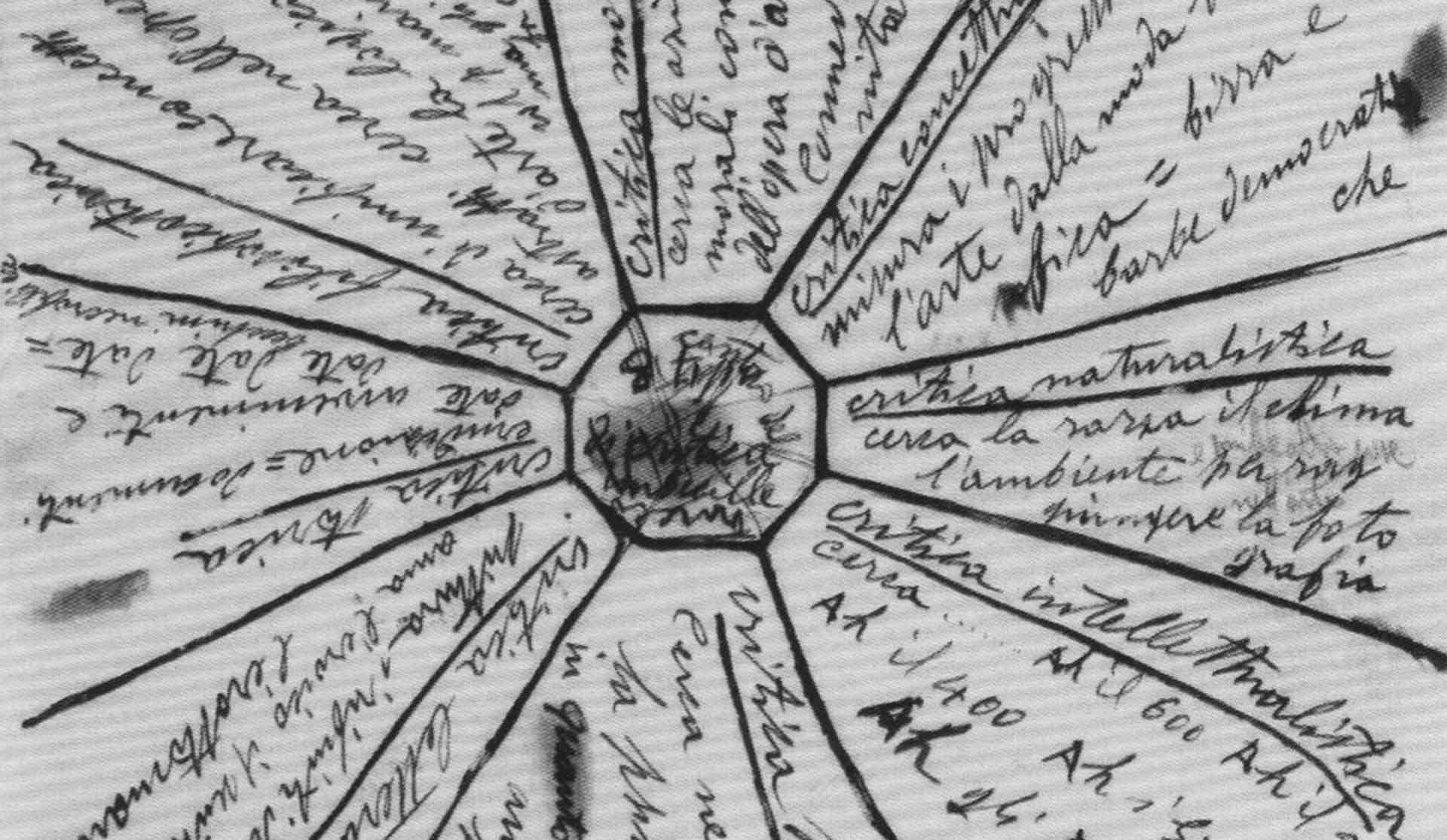
Critica Imbecille
ENCYCLOPÉDIE
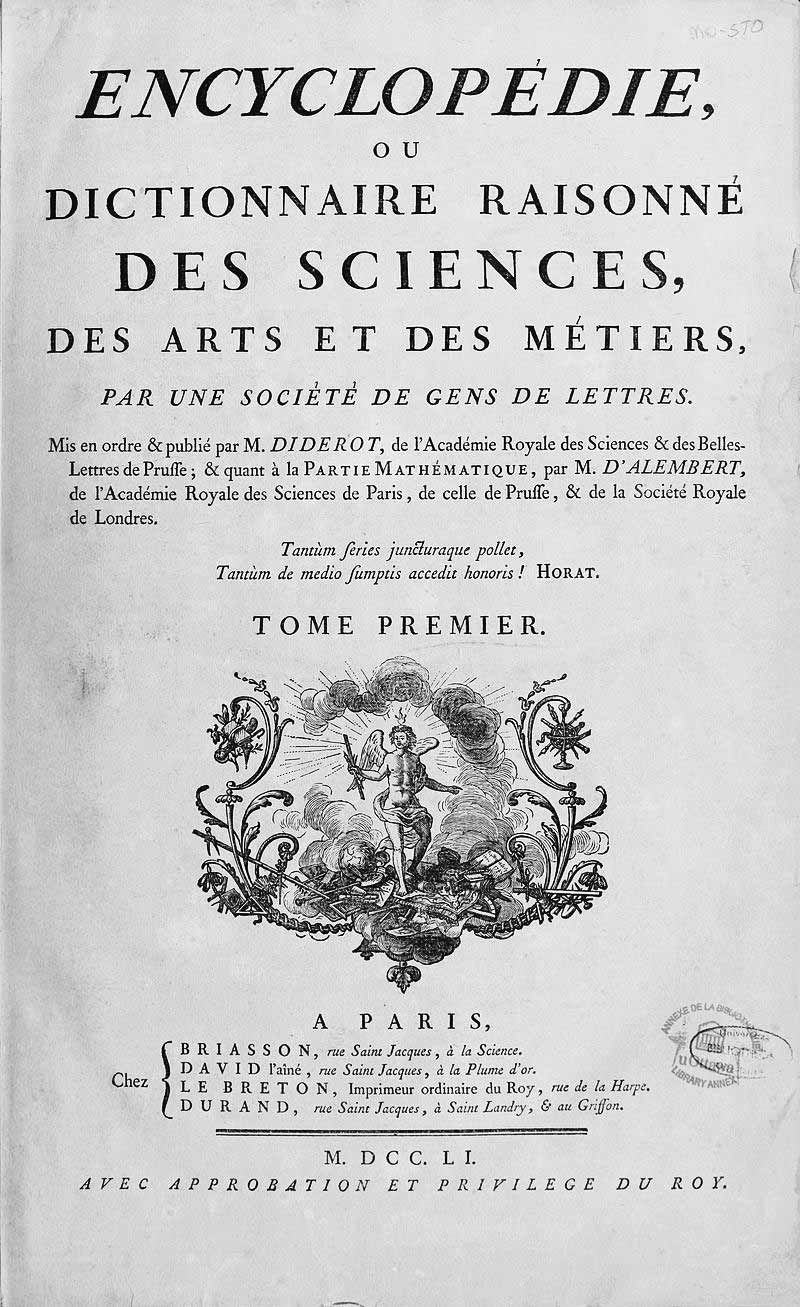
At the time of Victor's discovery, the thirty-five volume Encyclopédie, ou dictionnaire raisonné des sciences, des arts et des métiers, was circulating and spreading immense amounts of understanding throughout the civilized societies of the world. It was a monumental achievement by its creator, Denis Diderot, who foresaw a time when all of humanity could become closer as a civilization through gaining an understanding of the vastness of life that existed on the planet.
It was believed during this time that knowledge, and the ability to comprehend language, were the quintessential differences that separated humankind from the violent animal kingdom. Through the spread of this knowledge and the transmission of languages to the most remote savages of our planet, the barbarians could be saved from their miserable existence and brought into the fold of the enlightened populace. It was believed after all, that humankind was inherently noble in comparison to any other animal species. A boy dragged from the darkest part of Africa or the Americans should have the innate ability to comprehend societal norms upon being introduced to them.
The idea of the noble savage abounded. A human pulled from pure savagery, i.e. a human being at its pure unadulterated core, would instinctually be a loving and gentle creature ignorant of the evils of the world and incapable of causing harm unintentionally. So the question arose as to where this left Victor and the other minotaurs. They were human beings incapable of any kind of humanity. For better or worse they understood or could empathize only with themselves, and this problem of enlightened understanding would eventually come to be seen as greater that just a few isolated cases.
The Valley of the shadow of death, Crimea, 1855

The Valley of the shadow of death, Crimea, 1855
THE GREAT WAR
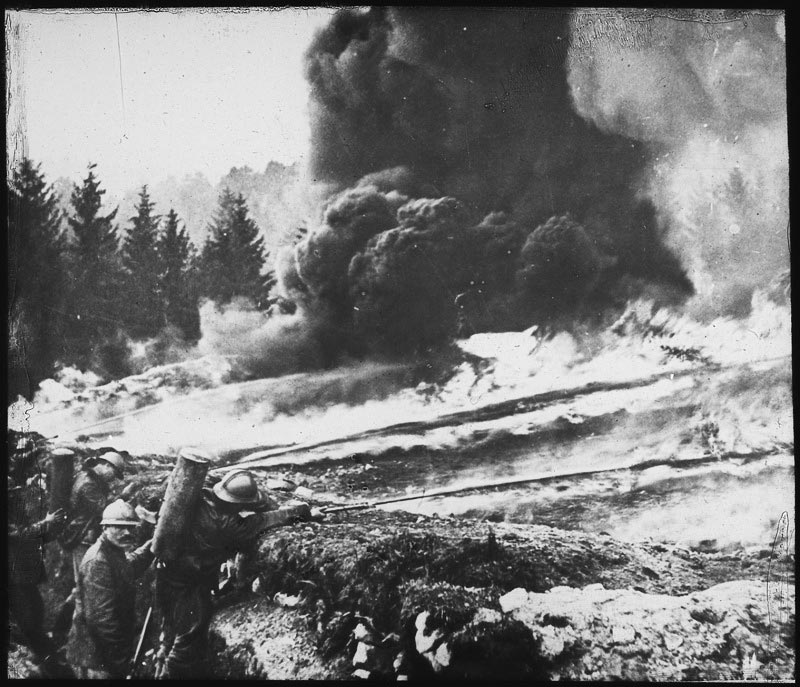
As the world grew smaller, the civilized groups of humans within it grew larger. A century after the discovery of Victor, and only a few short years after Marinetti's proclamation that humanity would enter a new phase in its existence, his prophetic words were realized on battlefields across Europe. Languages and ideas that at one time emerged from a singular hiding place in our history now divided themselves and convinced each other of their differences.
Conceived as one last great war, one to end all others, the first World War would turn out to be neither. It was instead an idealic manifestation of Marinetti's writings. Museums and libraries across nations were decimated. Ultra-nationalist language promoted countries as superior to neighbors divided only by invisible lines on maps. The beginnings of complex systems of militarization began to develop guided only by the rampant capitalism of the times. In subsequent years, these industrialized militants would meet head on with the worker's revolts that Marinetti described in his manifesto and that were now emerging within the ruins of shattered nations.
In the years between 1914-1917, our darkest hours were upon us where, as a species, we had developed technology capable of eliminating one another on an unimaginable scale. We used gases to separate one another from our life giving breaths. Billions and billions of lead bullets were utilized, fired endlessly for nearly four years, to pierce the hearts and minds of unending waves of our youth. Words were spit like the fire from machines. They summoned us to the fields of battle so that we could inch forward and back, year after year, in order to conquer a plot of land that was already our own. At the end of the last great war, what was discovered was only the inspirations for the next.
At the conclusion, a generation of human beings became lost. Disillusioned by the voracious massacres of the war, this generation was intent on living life according to their own wild standards. They rejected the previous generation as well as the customs and traditions that were held so dearly. It was the first generation of human beings individualized by the onslaught of pain and suffering, refusing to speak out of fear of what might be incited.
The Mad Trapper of Rat River
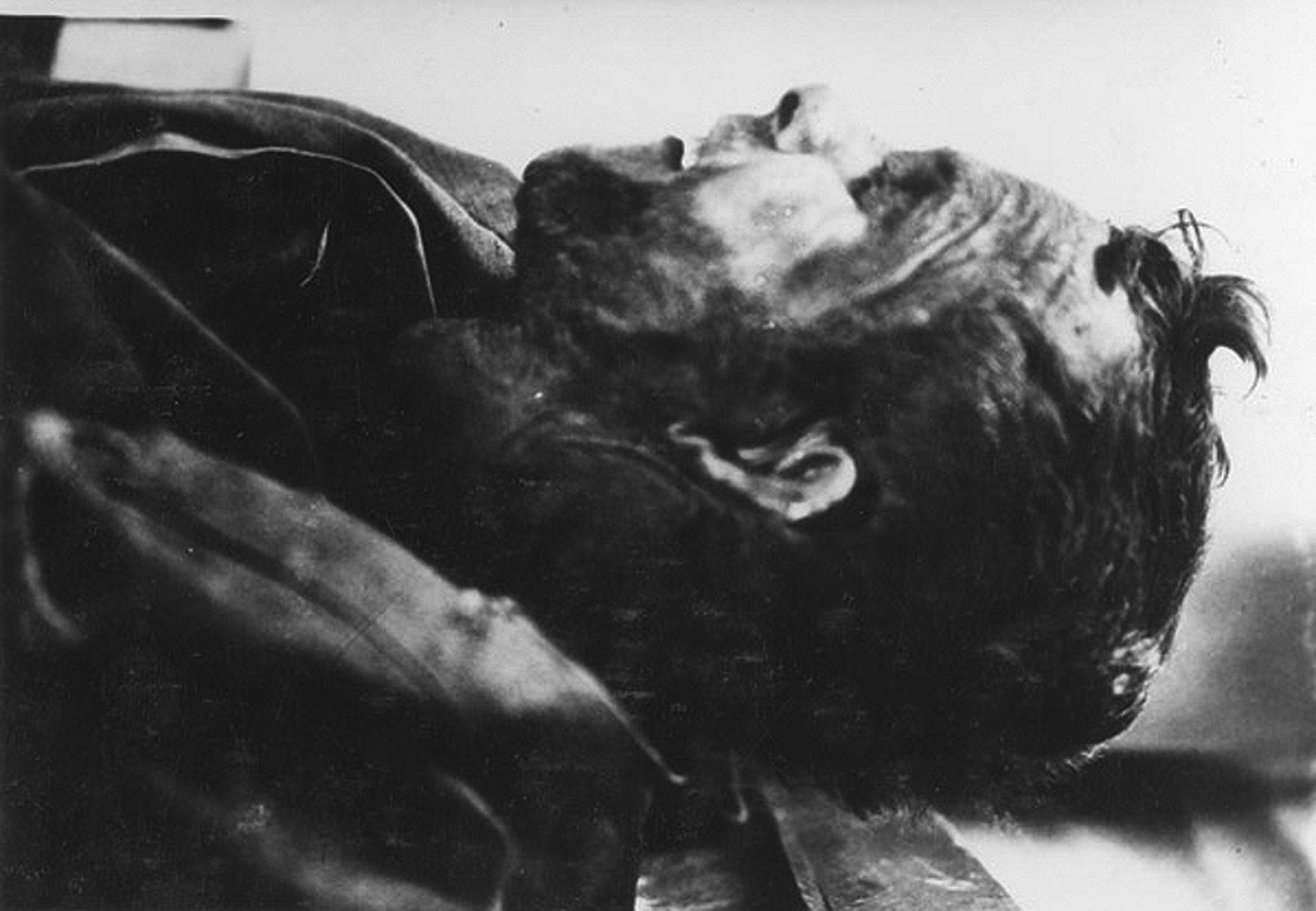
The Mad Trapper of Rat River
THE MINOTAUR HUNT
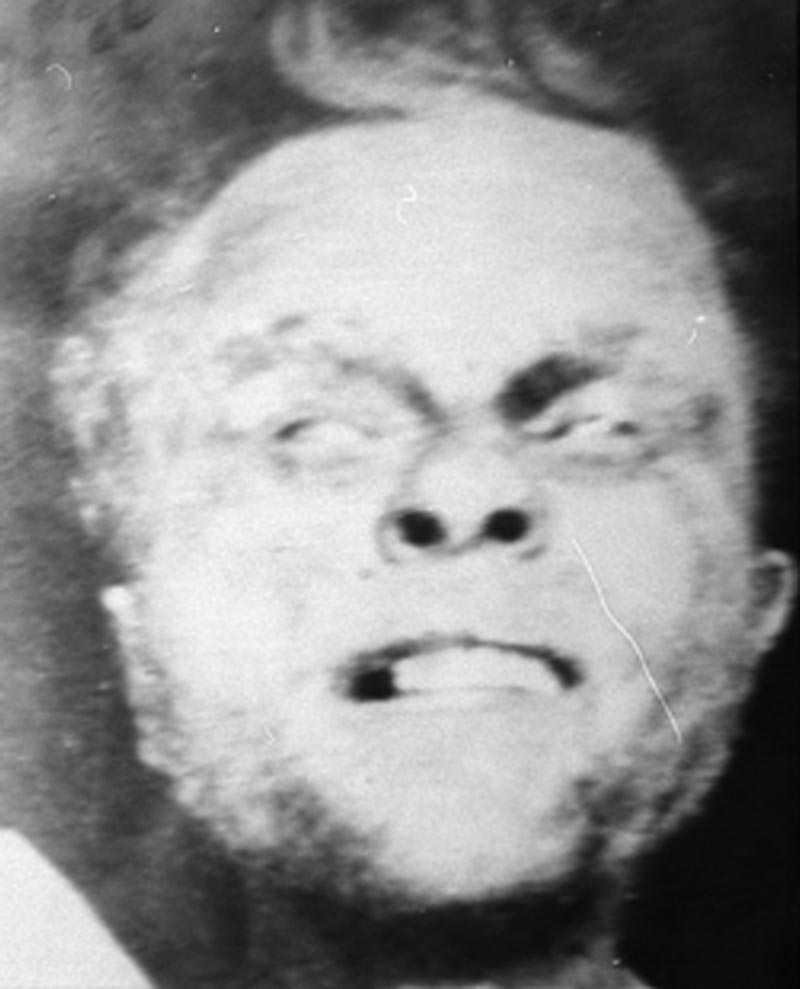
February 17, 1932. After an extensive manhunt across the frozen landscape of the Northwest Territories in the Canadian wild, a mysterious man was cornered by a river bend and shot dead. The newspapers covered the story extensively and gave the man the title of the Mad Trapper of Rat River. The authorities that chased him through the frigid wilderness for more than a month called the man Albert Johnson. His real name however, to this day, is completely unknown.
The saga began on January 1, 1932, approximately 60 miles outside of the tiny trapper city of Aklavik. Two officers of the Royal Canadian Mounted Police visited a remote cabin believed to be inhabited by Johnson. A complaint had been filed with the authorities that he had been dismantling the traps of some of the other men in the area. The officers, King and Bernard, while attempting to execute a search warrant of the small cabin, were all of a sudden shot at through the wooden door without warning. The men then retreated back to Aklavik where a posse of nine men, forty-two dogs, and twenty pounds of dynamite were assembled in order to capture Albert Johnson.
A few days later, the group returned to the icy cabin. They assembled the dynamite into a single massive charge, lit the fuse, and hurled it into the cabin without warning. After a few moments, the explosion leveled the hand-built cabin, and the posse moved towards the rubble in a coordinated attack. However, before any one of the mounties were able to reach the cabin, shots were fired at the would be assassins. Johnson, it seemed, had dug a trench below his dwelling from which he was now hiding and from which he was now commencing warfare upon his attackers. After fifteen hours of a stand-off, not unlike the years of European war, the mounties retreated due the falling temperature.
On January 14, 1932, the regrouped posse set about chasing Johnson across a trek of one hundred and fifty miles of frozen tundra. Avoiding the men's attempt to thwart his escape every step of the way, Johnson was able to constantly maneuver around them; even going so far as to summit a 7,000 foot high peak in order to avoid the pass below which the mounties had blocked. Around January 30, the posse surrounded Johnson in a thicket. Believing that they had the man cornered, the men once again attempted to moved in and arrest him. Johnson however, pulled a pistol from his coat and shot one of the constables, Edgar Millen, straight through the heart killing him instantly. Time and again, the pursuers would lose Johnson's tracks as he seemingly vanished into the powder snow.
Growing weary of Johnson's ability to continually out-maneuver the men, and fearing that he might be able to escape the Yukon, the mounties hired a legendary Canadian fighter ace of the First World War, a man named Wop May. Having extensive knowledge of the area from his post-war years as a bush pilot, May was able to locate Johnson and discover that he had in fact been using the indigenous caribou tracks as a means to hide his own.
Finally, on February 17, May was able to locate Johnson near the bend of a river. Caught by surprise, Johnson did not have his snow shoes on and was unable to move with any speed. The officers opened fire on him and Johnson was finally killed from a bullet wound to his side.
The Minotaur's Labyrinth
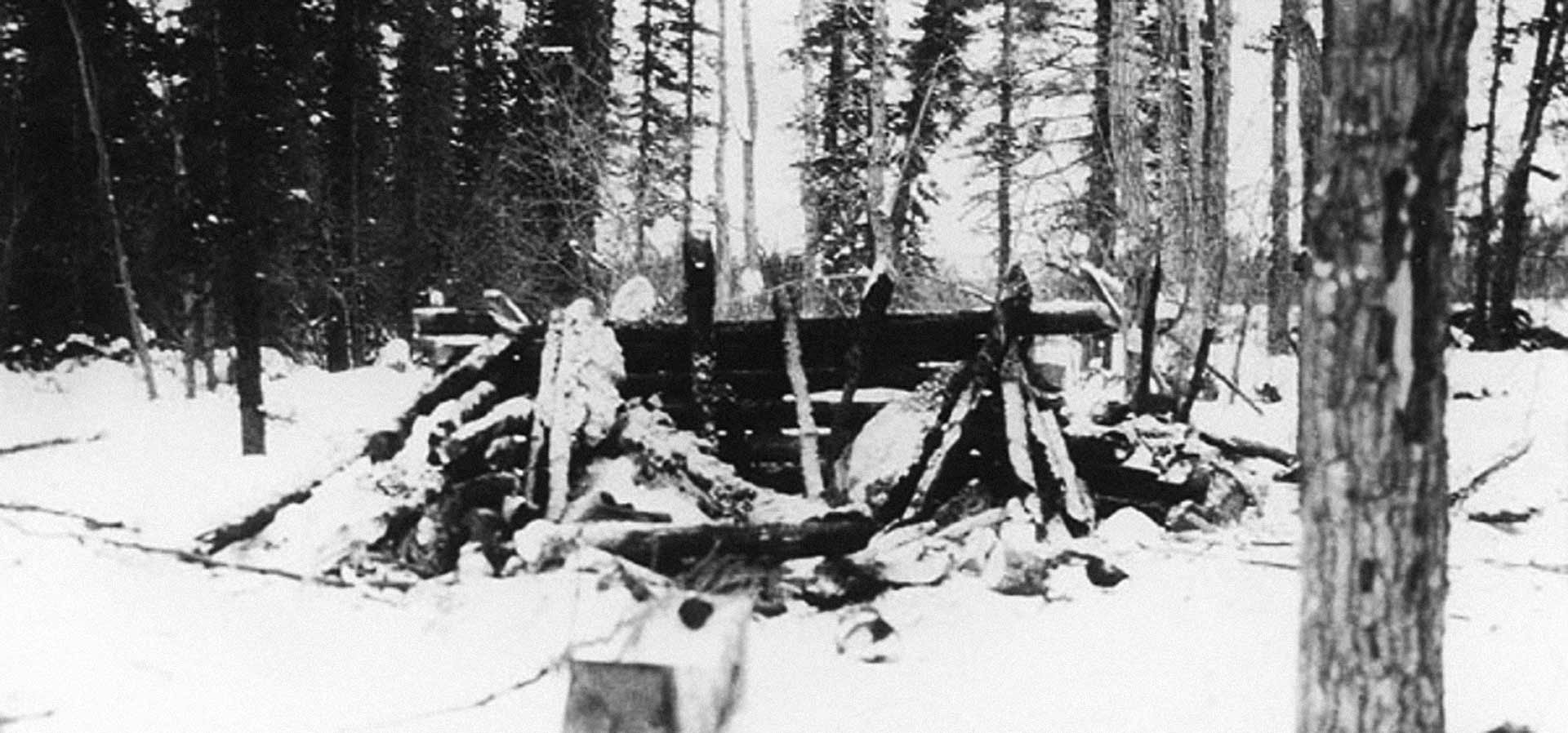
The Minotaur's Labyrinth
ALBERT JOHNSON, THE MAD TRAPPER

In the aftermath, questions arose about Johnson that to this day have not been answered. At death he had approximately $2000 in cash and yet he never bothered to buy a trapping license; a fact that was incredibly unusual for the time and place. Throughout the entire ordeal, Johnson did not utter a single word and therefore nothing is known of his origins. Investigators even today have not been able to ascertain where he came from. Furthermore, Johnson seemed to exhibit superhuman strength throughout the ordeal. In a three day time span he was able to cover a trek of 85 miles during the height of a winter blizzard. The most interesting discover, however, was found during his autopsy. Inside of his stomach, along with the squirrel and bird meat, tiny pellets of yellow glass were discovered.
Egyptian Objects made from Yellow Glass
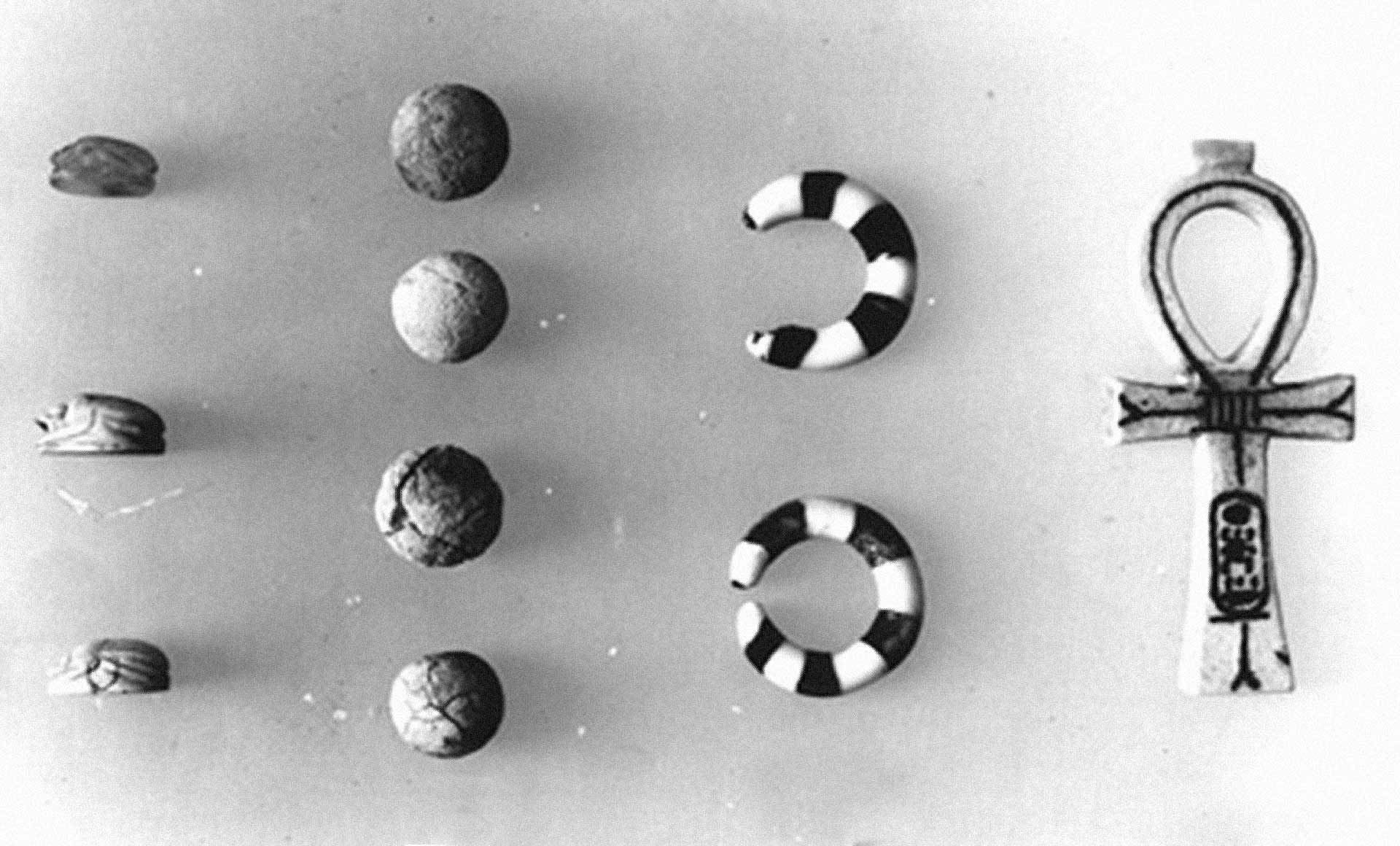
Egyptian Objects made from Yellow Glass
THE LAST MINOTAUR

Like Peter and Victor before him, The Mad Trapper of Rat River would come to be romanticized in popular media as a free and wild spirit. Of course, upon closer inspection all of the previous cases share a common thread of psychological disintegration within the subject as well as external exploitation by one means or another. However, the saddest tale that I have stumbled upon throughout my years of research on minotaurs occurred not only within my lifetime, but also within the distance of an afternoon's travel. This instance has never been written about in hindsight as a swashbuckling tale of intrigue or wonder, nor has it ever been romanticized beyond belief. This occurrence has always remained closely associated with the actual events of what really happened. It is well documented by researchers of its time. It is the story of a little girl, the last minotaur, simply named Genie.
Genie's Prison, Temple City, California
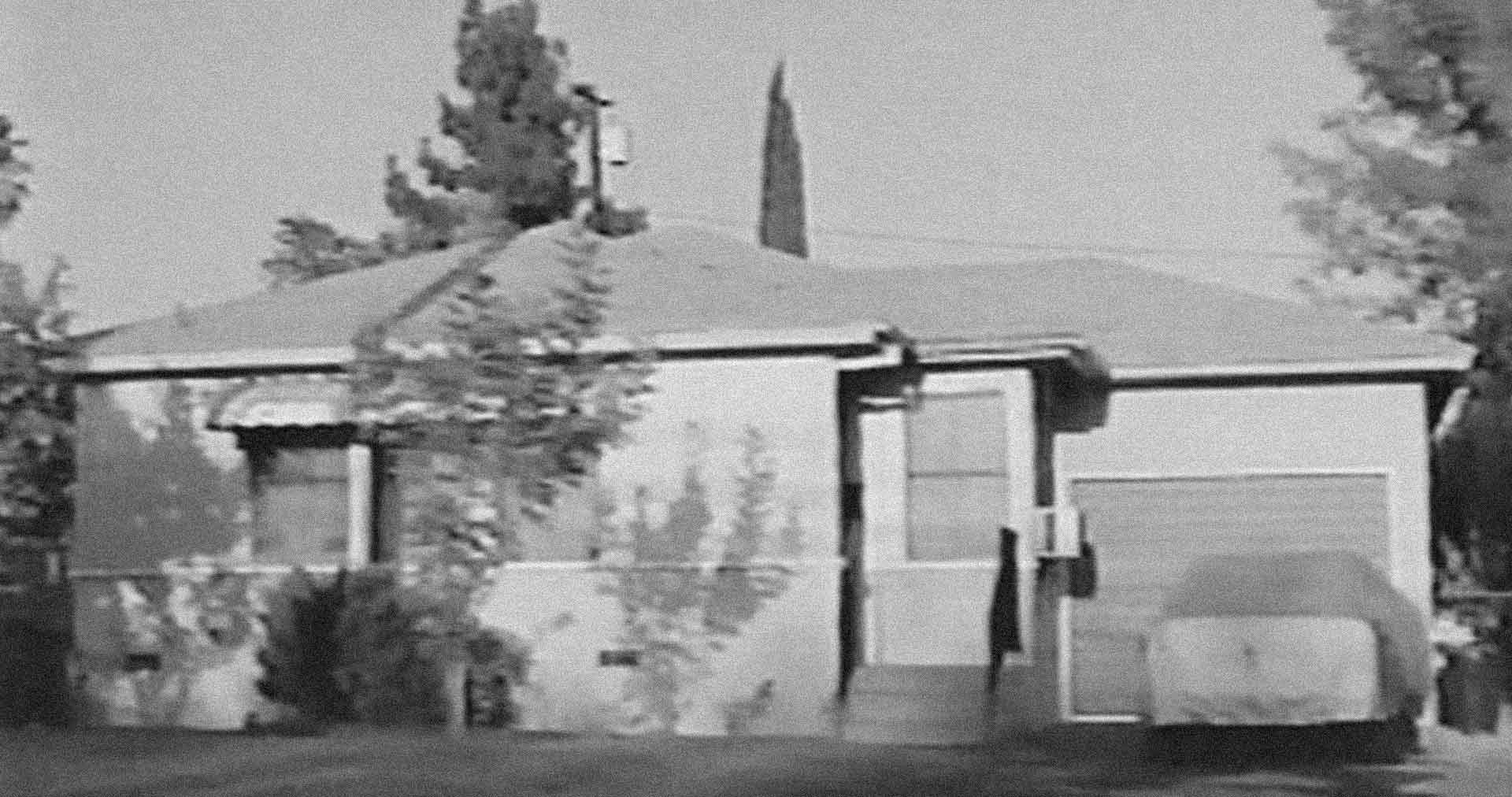
Genie's Prison, Temple City, California
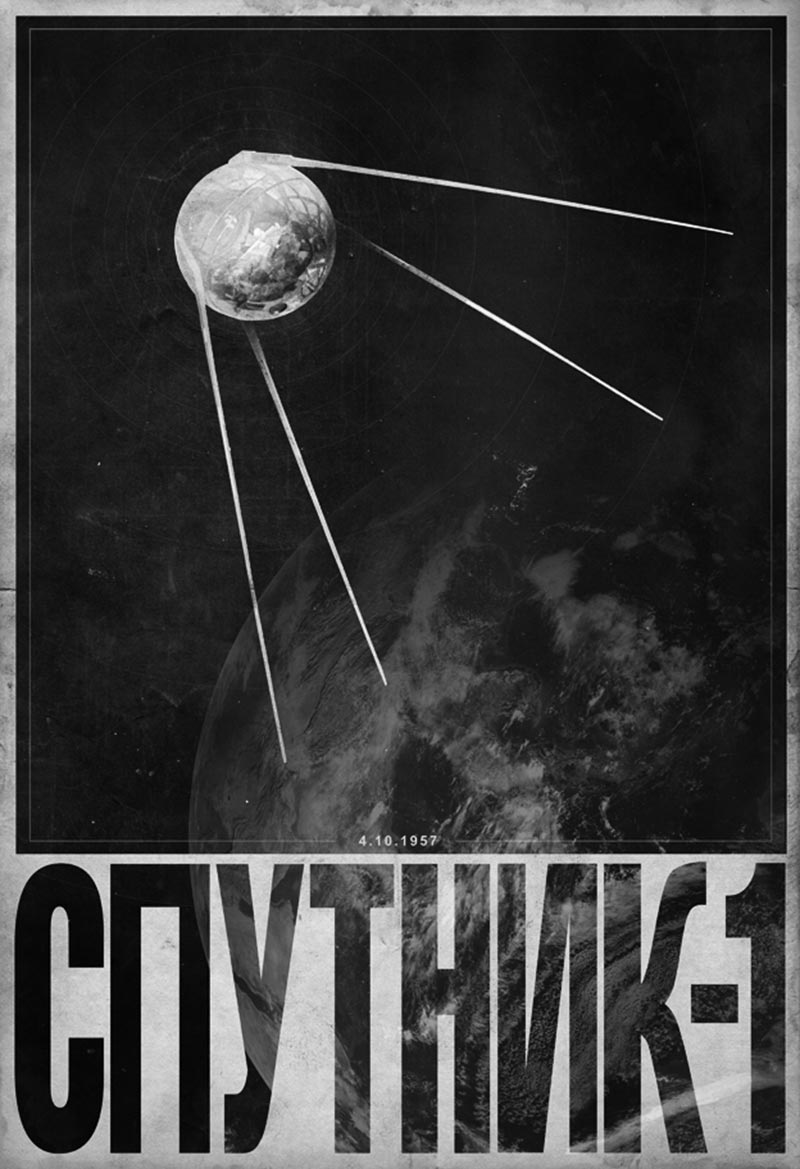
April 18, 1957. Half a year before the launch of Sputnik 1, the first man made object ever put into a continuous orbit of our planet, a baby girl was born in Los Angeles, California. She entered into this world as the daughter of a viciously abusive father, a flight mechanic during the second world war, and a mother nearly blind from cataracts and dependent almost completely on her husband. Prior to her birth, Genie's parents had three other children. Her oldest sister died of pneumonia at approximately ten weeks of age after being left in the garage as punishment for crying too loud. Her oldest brother, born a year later, passed away two days after he was born from supposedly choking on his own mucus. Finally, a second brother was born three years later, but at the age of four went to live with his grandmother due to a variety of abuses suffered at the hands of his father.
Ancient Flowers from the tomb of the boy king

Ancient Flowers from the tomb of the boy king
NOVEMBER 4, 1970

Now twelve years old, Genie accompanied her blind mother on a trip to the local office of disabilities where financial assistance was being arranged for the medical care of her cataracts. Upon noticing the young girl, a general social worker became alarmed at the unusual mother and daughter. She inquired further and discovered that the girl in front of her that did not appear to be any older than six or seven years of age was actually nearly twice that. This girl that should have been on the cusp of puberty was completely unable to answer simply questions about herself or her mother. The police were contacted about the matter and Genie's parents were soon arrested for one of the worst cases of child abuse in California state history.
Physically, Genie resembled some of the cases from the camps at the end of the second great war. She was only 59 pounds. She apparently had two complete sets of teeth as a result of never being fed, nor able to eat, the solid food that would otherwise have loosened her baby teeth and allowed them to fall out. According to her mother's account, Genie was locked onto a child's training potty for the majority of her life. As a result she was unable to stand straight up nor fully straighten her arms or legs. She was unable to focus on distances farther than ten feet away which was later discovered to be the longest dimension of the solitary room in which she was kept up until her discovery.
Mentally, Genie was found to be at the same level of cognizance as a thirteen month old baby. However she did not exhibit any signs of neurological, chromosomal, or other kinds of genetic disorders generally found to be responsible for mental incapacity. Sadly, she could speak only two phrases: "no more" and "stop it". Other than those words, it was believed that she was never spoken to on threat of violence from her father. Likewise, she never cried or vocalized any kind of sadness or fear. Instead she would strike herself or move objects around as noise makers for relief.
Alive in the desert, 1880

Alive in the desert, 1880
THE WILD CHILD

A week after the discovery of Genie, François Truffaut's film, The Wild Child, premiered in the United States. An account of Victor the boy from the French countryside, the two events reignited the question of what part the acquisition of language played in the separation of human beings from the animal world. For the next several years of Genie's life a variety of therapists and linguists worked with the young girl and attempted to teach her a basic understanding of the way that human language works. Unfortunately, progress was never much achieved and it was surmised that there was a point in a human being's life that, should they not have already come to a comprehension of at least one language then they never would be able to.
With Genie and the minotaurs, a return to a state of wildness was unfortunately achieved. The inability to acquire the languages that Marinetti was so thoroughly fascinated by, in the examples of the feral children, was what pulled them into their labyrinths and thus separated them from the societies that surrounded. The human interventions to bring them out of the wild, to reignite their innate humanness, failed in these instances and the children were relegated to being nothing more than machines made of flesh, simultaneously subhuman and superhuman; the dream of Marinetti's manifesto.
